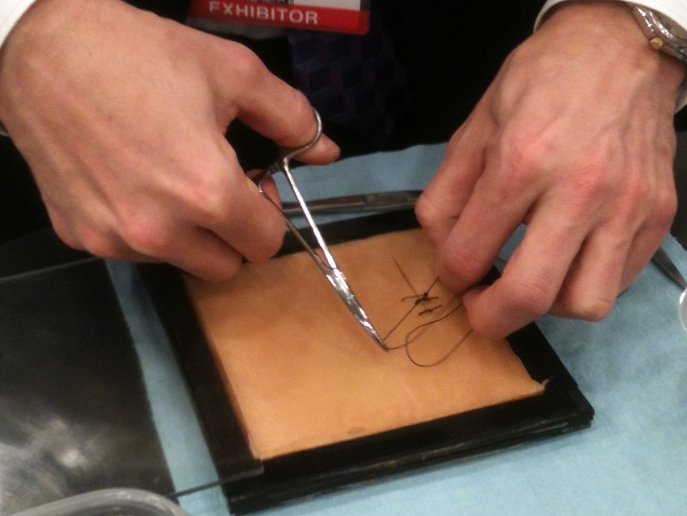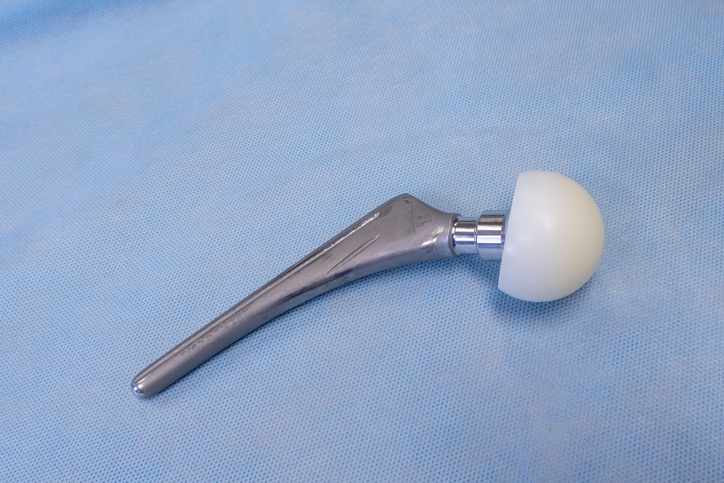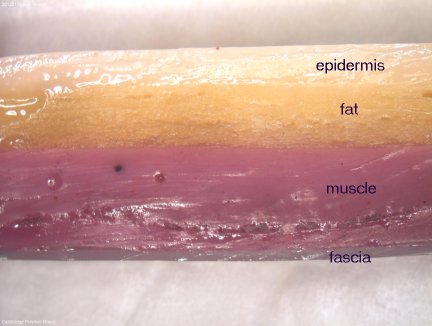Crush Strength of Catalyst Material

Catalyst powder for chemical reactions is often formed into a packed bed and placed into a reactor vessel. In packing the catalyst, the formation of smaller particles, or fines, can occur if the packing pressure exceeds a critical value. This fine formation is undesirable, as it increases the potential for bed compaction and subsequent increase in pressure in the reactor.
In ASTM D7084, "Determination of bulk crush strength of catalysts and catalyst carriers," the crush pressure required to generate 1 wt.% of fines is determined, where 'fines' are defined as particles passing through a mesh size that is half the diameter of the catalyst pellet. Multiple compression loads are used, and the results are interpolated to determine the pressure that yields 1 wt.%.
Cambridge Polymer Group performs ASTM D7084. Please contact us for more information.



